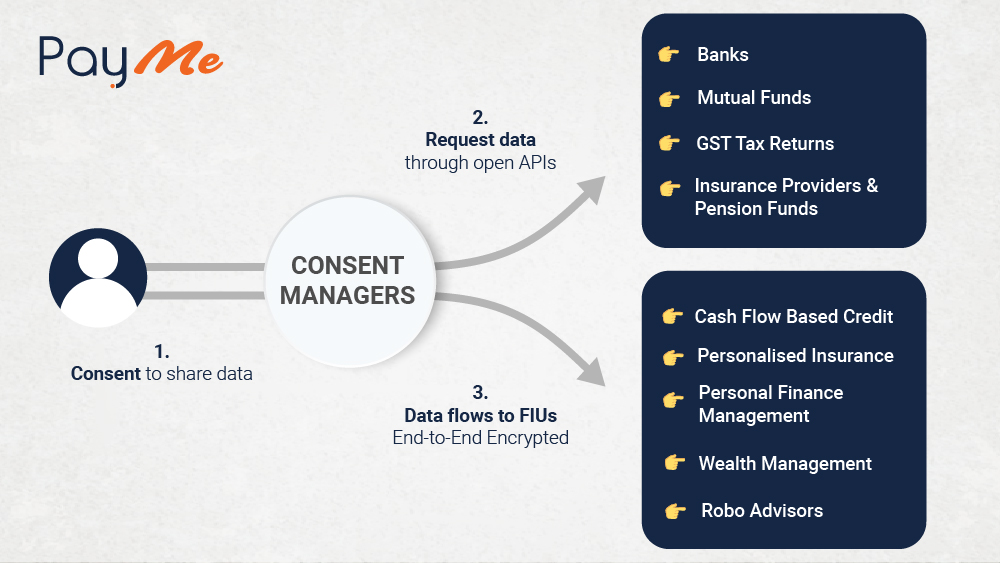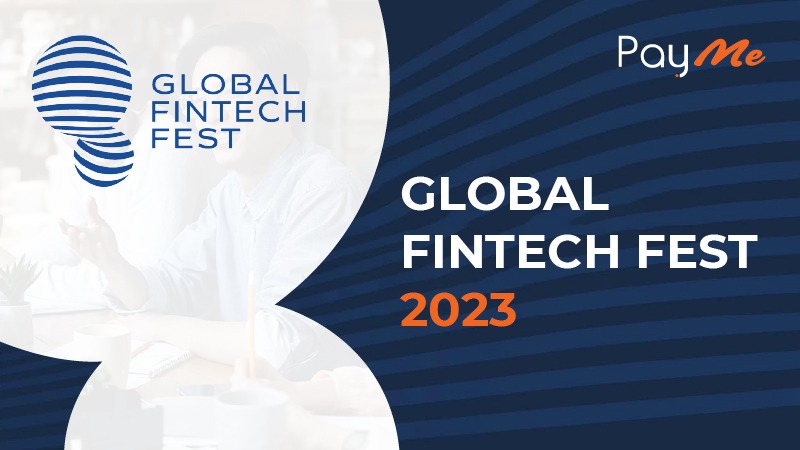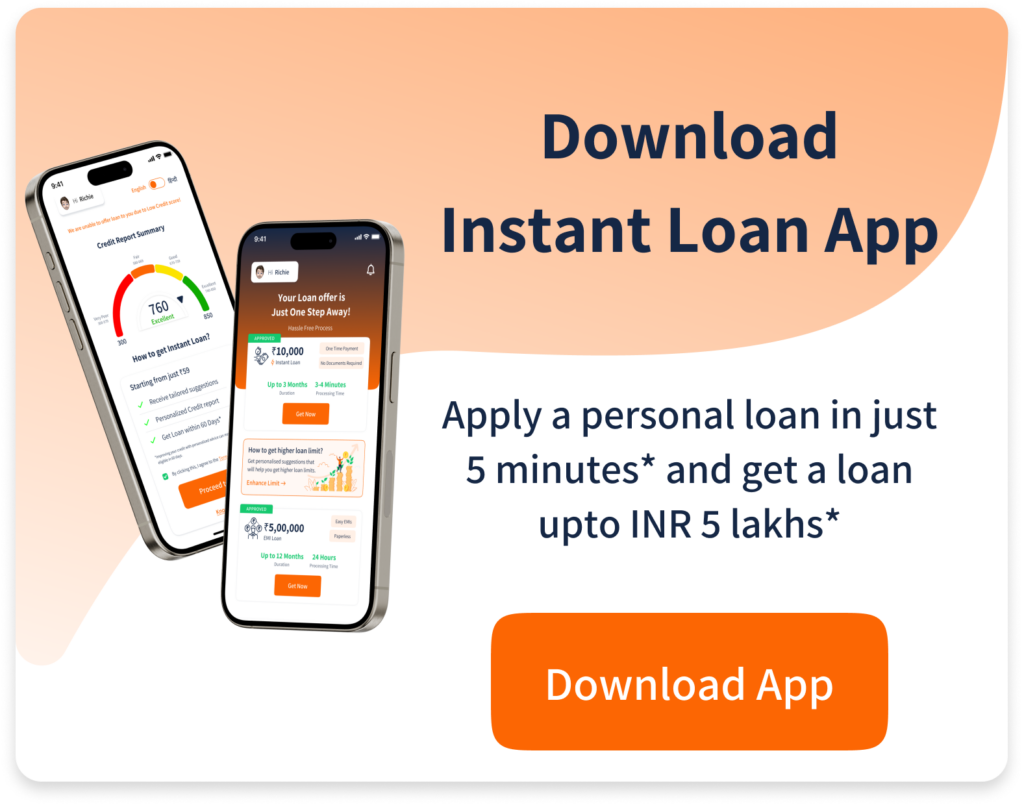The Global Fintech Festival was held from September 5th to 7th, 2023, in Mumbai. It is one of the world’s largest fintech conferences. This event is a collaborative effort between key organizations such as the National Payments Corporation of India (NPCI), the Payments Council of India (PCI), and the Fintech Convergence Council (FCC).
Over the last 3 years, Global Fintech Fest has consistently demonstrated the crucial role of fintech in propelling sustainable global progress. It has achieved this by offering a comprehensive perspective on the transformative potential of fintech.
Amidst the multitude of events and numerous FinTech product launches at Global Fintech Fest 2023, it was the offerings by NPCI that garnered the most significant attention.
The central theme of Global Fintech Festival 2023 is ‘Global collaboration for a responsible financial ecosystem – Inclusive, Resilient & Sustainable.’
RBI’s take on Fintechs
The Reserve Bank of India, India’s central bank, has created a special department for fintech companies, showing their importance in the financial world.
The RBI has introduced new rules called First Loss Default Guarantee (FLDG) guidelines. These rules are a big deal for fintech companies in India because they allow FinTechs to work with banks and NBFCs (non-banking financial companies) more easily.
Here’s how it works: Imagine a borrower doesn’t pay back a loan they took from a bank or NBFC. In this new setup, a fintech or another company promises to help cover some of the losses if that happens. It’s like having a safety net. This helps fintech companies show that they are good at deciding who should get loans and builds trust with banks and NBFCs.
Before these new rules, fintechs used to promise to cover all the losses, which was risky for banks and NBFCs if the fintech couldn’t keep that promise. In 2022, the RBI made a rule that says only regulated companies can use this safety net system.
Account Aggregation – The Next Big Thing After UPI
Some experts believe that Account Aggregation could be the next big thing in finance, like how UPI transformed digital payments. According to Sahamati’s analysis, it could handle 1 billion transactions annually by 2025 and 5 billion by 2027. With more types of financial information becoming available on Account Aggregation, it could grow even more.
While initially used for checking bank statements for credit applications, Account aggregation is expected to find uses in other areas too. By 2027, it might mainly be used for banks and finance companies to check and manage accounts (58%), for the securities market for financial advice and account opening (41%), and less in the insurance sector.

India is one of the largest Fintech Markets in the world.
For Account Aggregation to succeed, it needs support from government policymakers and regulators. It should also expand to include more big players from the finance sectors and government databases like GSTN, CBDT, and EPFO. Building trust is crucial, so addressing technical and legal issues and promoting good data practices is essential. Educating customers through awareness campaigns can also help Account Aggregation reach its full potential.
NPCI Making UPI Even Better
The National Payments Corporation of India (NPCI) is making UPI payments easier and more convenient with new services like UPI Lite X and Hello UPI. They’re also introducing contactless payment rings and various prepaid cards. NPCI aims to make UPI work on feature phones and serve different user groups, including those in rural areas and teenagers. The only catch? Payments are made between on-device wallets, not bank accounts.
You can withdraw up to Rs 10,000 in a single transaction, and this amount is counted within your daily UPI limit. The withdrawal limit is also subject to the restrictions set by the bank that issued your UPI-ATM card.
CBDC – The Future of Money
Central Bank Digital Currency (CBDC) is gaining traction after the success of UPI. It’s more efficient because it costs less to manage than physical cash. Innovations on top of CBDC, like tracking and programming money, are exciting. However, it must balance innovation with privacy to be widely adopted. After the success of UPI, there are a lot of banks and fintechs that are taking bold steps in CBDC.
B2Bs in Fintech Are Growing Fast
The business-to-business (B2B) sector in fintech is booming. Many companies are making money by creating products for payment service providers, non-banking financial companies (NBFCs), and banks. There’s a big growth opportunity in this area.
We should venture into this space without fail and we should have a strong B2B focus, a vision in addition to the PayMe vision. This needs to be a separate vision to make it much more focused and sharper.
Financial Education is Missing
One overlooked opportunity is educating customers about digital financial services. Inclusion and understanding the credit cycle are important for everyone. There’s a need for embedded financial education products to bridge this gap.
Also, making users understand the credit cycle and the importance of the same is going to be imperative for all the stakeholders. Hence, embedded Financial Education products are going to be a big opportunity area.
What should PayMe focus on?
PayMe should follow the success of UPI and Account Aggregator by creating a digital infrastructure that promotes digitization, innovation, and inclusivity. Instead of integrating external products, PayMe should focus on developing key lending elements like a collection suite of services and an underwriting layer. Credit Assist should evolve into an education layer and an embedded financial service for various financial entities. The most important key element of lending is going to be the collection suite of services. Creating in-house collection software can generate revenue and valuable data insights.
In conclusion, these trends and opportunities in the fintech space suggest that PayMe should prioritize building essential lending components and offering educational services to customers and partners.
PayMe is an RBI-registered Indian lending fintech company that strives to close the difference between conventional loan providers and potential borrowers who may not be able to satisfy their rigorous criteria. It provides quick and hassle-free loans to individuals and small businesses. PayMe aims to provide its customers with financial stability and security through its user-friendly interface and fast approval system. The organization aims to enable individuals and enterprises to attain their aspirations by promptly providing access to essential funds. Payme’s customer-centric approach and innovative technology make it a leader in the Indian lending fintech industry.


 Instant Loan
Instant Loan Personal Loan
Personal Loan 1 Lakh Personal Loan
1 Lakh Personal Loan Personal Loan for Women
Personal Loan for Women MSME Loan
MSME Loan Improve Credit Score with Credit Assist
Improve Credit Score with Credit Assist How to Increase CIBIL Score
How to Increase CIBIL Score CIBIL Customer Care
CIBIL Customer Care Blog
Blog FAQ
FAQ About PayMe
About PayMe Contact Us
Contact Us Media Kit
Media Kit





